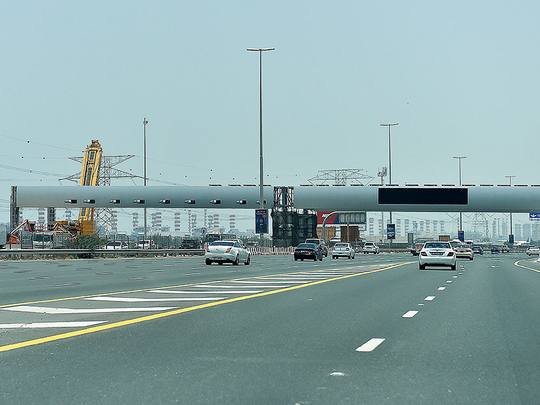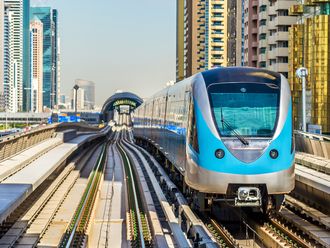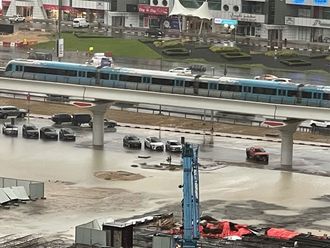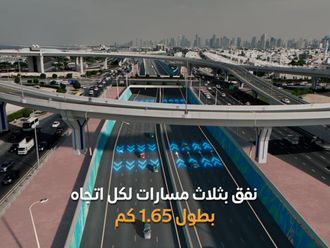
Dubai: A recent study conducted by the Roads and Transport Authority (RTA) has revealed that Salik toll gate is expected to divert up to 25 per cent of traffic from Shaikh Zayed Road.
According to the survey, the toll system has also encouraged people to use metro and other public transport modes along the Shaikh Zayed Road.
The study also shows that the automated toll system along with the Dubai Metro helped reduce people’s reliance on private vehicles, besides curbing the negative impact of vehicles on the environment as well as lowering traffic accident rates.
Apart from Shaikh Zayed Road, Salik, according to the RTA, has succeeded in redistributing the traffic on the Dubai Creek crossings.
Stats show that before the introduction of Salik on Al Garhoud and Al Maktoum bridges, the Business Bay crossing was used at a capacity of only 30 per cent. Currently, it accommodates 85 per cent of its designed traffic capacity.
This has also eased the tailbacks on Al Maktoum and Al Garhoud bridges.
Seventh interchange
Motorists from Jebel Ali Free Zone and the adjoining areas will have a direct access to Shaikh Mohammad Bin Zayed Road, bypassing Salik gates and traffic on Shaikh Zayed Road, once the upgraded seventh interchange along with Al Yalayis Road opens for traffic on September 15.
The Dh1.2-billion project is part of the parallel roads project designed to divert traffic from Shaikh Zayed Road and feed it to Al Asayel Road, Al Khail Road, Shaikh Mohammad Bin Zayed Road, Shaikh Zayed Bin Hamdan Al Nahyan Road and Emirates Road through Al Yalayis Road.
Once completed, the project will spike the combined capacity of parallel roads to 12,000 vehicles per hour in both directions. It will also increase the capacity of Al Yalayis Road to 20,000 vehicles per hour in both directions, and cut the journey time between the seventh interchange on Shaikh Zayed Road and Shaikh Mohammad Bin Zayed Road to about four minutes.
The project comprises the construction of a bridge of four lanes branching out of Al Yalayis Road into two bridges of two lanes each at a capacity of 3,000 vehicles per hour. The first one is bound to Jebel Ali, and the other one leads to Dubal Street and Jebel Ali Port.
It also includes improving the right-side turn to make three lanes at a capacity of 3,000 vehicles per hour stretching out of the Shaikh Zayed Road to Al Yalayis Road in the east, and two lanes from Al Yalayis Road to the Shaikh Zayed Road in the direction of Dubai.
It also adds two lanes in the direction of Shaikh Zayed Road and on to Dubal Street, and one lane from Dubal Street to Shaikh Zayed Road in the direction of Jebel Ali.
The project also includes upgrading the traffic junction at Gate No. 1 and 2 of Jebel Ali Port, and the construction of another bridge of two lanes to serve the traffic inbound from Dubal Street in Jebel Ali Free Zone and Port crossing over Shaikh Zayed Road in the direction of Al Yalayis Road eastward.
The upgrade of Al Yalayis Road will see extension of the road by six kilometres from the seventh interchange to Shaikh Mohammad Bin Zayed Road at Al Houdh Interchange.












